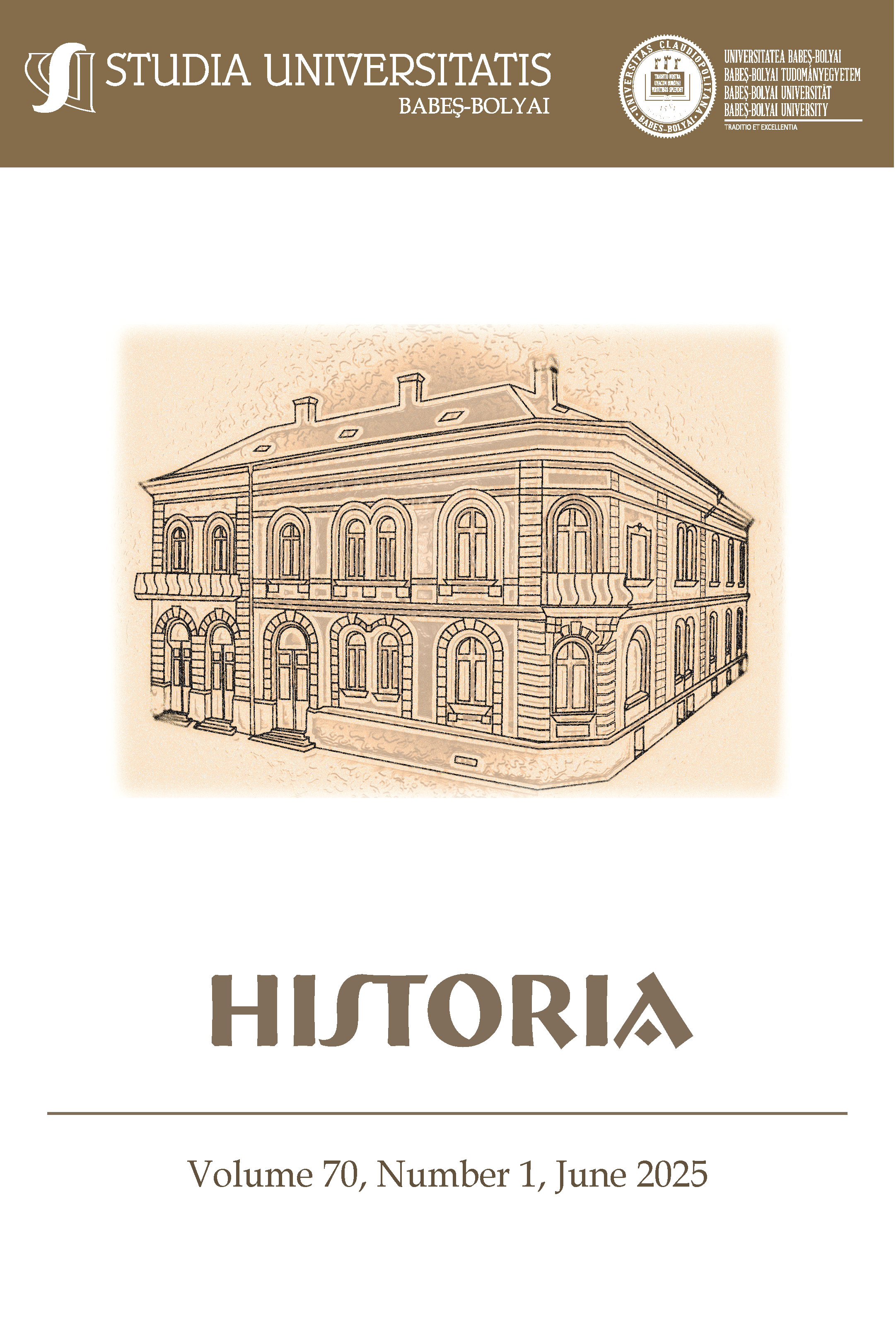Daniela Stanciu-Păscărița, Loisir în vremuri de pace și război. Germanii din Sibiu și Timișoara [Loisir in times of peace and war. The Germans in Sibiu and Timișoara], Cluj-Napoca, Mega, 2024, 340 p.
Abstract
La Belle Époque continues to exert a unique fascination, both in historiography, literature or visual arts, regardless of the geographical setting where the research or narrative takes place. It is as if, even a century later, we are still living with the psychological aftermath of the Great War, still orienting ourselves chronologically through a "before" (a patriarchal world where modernity emerged slowly) and an "after" (a time of triumphant, accelerated modernity on all fronts, though one whose fast-forward momentum conceals the sinister grin of interwar extremisms and looming war). Recent historiography of the Habsburg Monarchy—including notable Romanian contributions—has made a credible case (and the evidence continues to grow) that in order to understand the collapse of the modern empires, it is not enough to analyse only the breaks and ruptures; one must also recover and examine the continuities. However, in Romanian historiography—particularly in works focused on the Great War—less attention has been paid to the continuities of the prewar era: how individuals and institutions adapted to a state of conflict and managed to preserve everyday structures in their least altered forms. This is precisely what Dana Stanciu’s book does, taking on a compelling subject: leisure—the daily use of free time—in two southeastern cities of the Habsburg Monarchy with predominantly German communities: Sibiu / Hemannstadt / Nagyszeben and Timișoara / Temeschwar / Temesvár, in the decades before the First World War, during the war years, and in some cases, even into the early interwar period. The volume builds on the author’s doctoral dissertation and retains much of its structure, providing readers with a substantial introductory chapter, where sources and relevant historiography are discussed, the conceptual and methodological framework is laid out, and the anthropological perspective underpinning the work is brought into focus. Throughout the entire book, the author consistently shows how the historian—particularly one focused on urban life—can and should be an anthropologist as well. The reconstruction of daily life she offers (drawn from hundreds of fragments of documents, newspaper notices, ego-documents, and letters) revolves around people— “everyday people,” “ordinary individuals” in all their social diversity, the kinds of persons you might have met and interacted with if time travel, in defiance of scientific laws, were possible.
Downloads
Published
How to Cite
Issue
Section
License
Copyright (c) 2025 Studia Universitatis Babeș-Bolyai Historia

This work is licensed under a Creative Commons Attribution-NonCommercial-NoDerivatives 4.0 International License.



